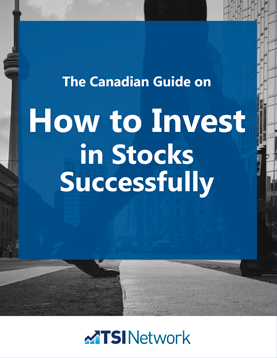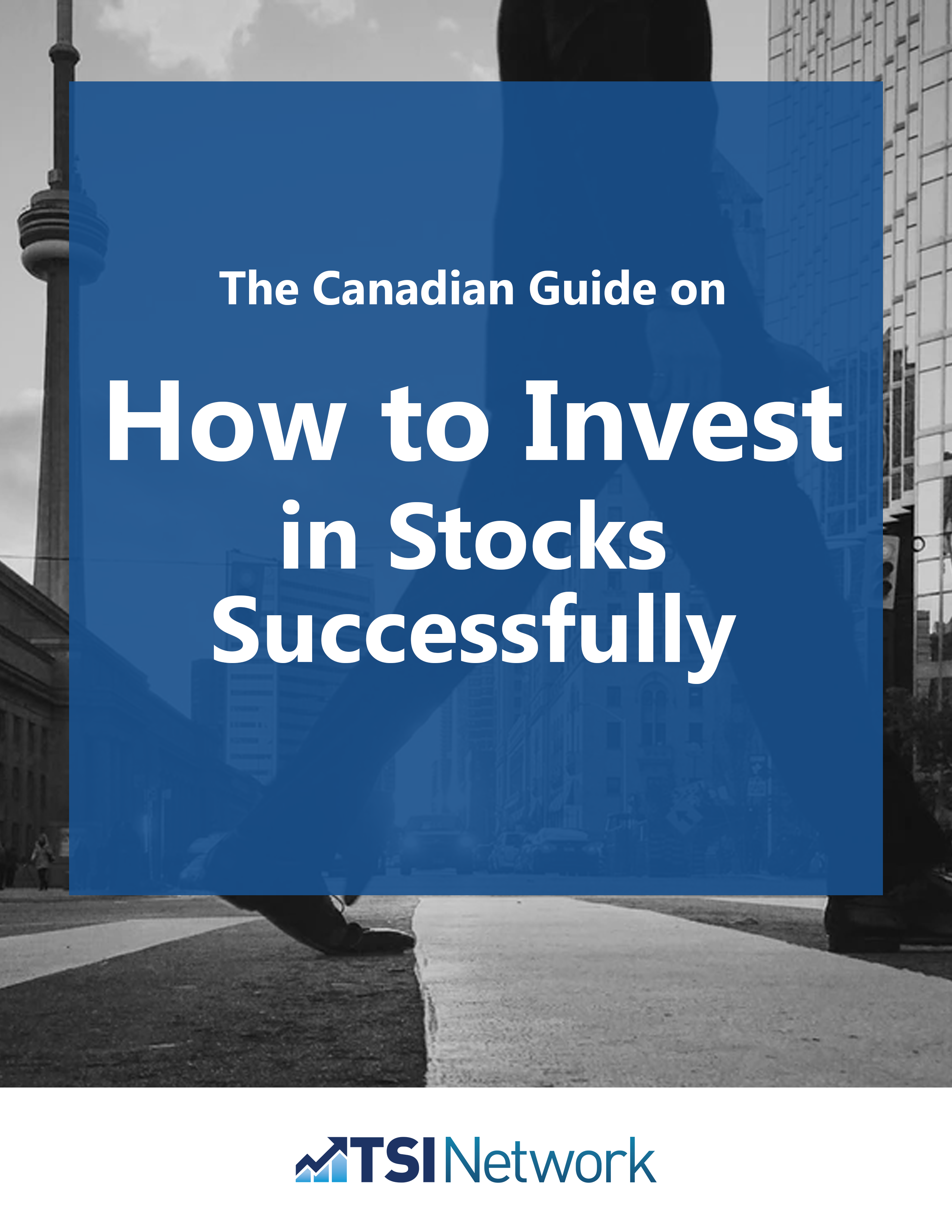Topic: How To Invest
Investment Synergy: From the 1960s Takeover Craze to Today’s AI Revolution
The term “investment synergy” entered common investor use during the takeover craze of the 1960s — but we see a new synergy that’s a big plus for investors.
The term “synergy” entered common investor use during the takeover craze of the 1960s, when businesses started to expand by taking over companies in unrelated fields. This was supposed to make the combined companies grow faster than if they had stuck to their own fields.
The acquirers borrowed a term from biology to explain their rationale: this mix-rather-than-match growth strategy brought synergistic benefits. Synergy refers to an interaction between two or more drugs. The total effect of the drugs is greater than the sum of the individual effects of each drug if taken separately. For instance, today’s treatments for cancer, prostate and other health issues often call for prescribing two or more drugs. The combined impact may be more powerful and beneficial than you’d expect from adding up what they could do separately.
 How Successful Investors Get RICHLearn everything you need to know in 'The Canadian Guide on How to Invest in Stocks Successfully' for FREE from The Successful Investor. How to Invest In Stocks Guide: Find 10 factors that make your investments safer and stronger. |
However, the synergy effect can also be negative. For example, combining alcohol with tranquilizers or opiates can lead to negative outcomes, even death.
The impact of 1960s investment synergy-seeking growth was uneven. Sometimes it worked, but it was better at producing temporary gains in stock prices than lasting gains in corporate earnings. In later decades, however, it turned out that unwinding synergy-seeking takeovers could lead to even larger profits.
This unwinding broke companies up into a “parent” and one or more “spinoffs.” The parent would then hand out shares in the spinoff to its own shareholders, as a special dividend.
A number of academic researchers have studied the outcome of spinoffs. Most found that spinoffs produce some of the most dependable profits you can find in the stock market, at least for patient investors. The academic findings were so impressive that we called spinoffs “the closest thing to a sure thing that you can find in investing.” (In fact, we were so impressed that it spurred us to launch our Spinoffs & Takeovers newsletter.)
You can find a number of processes in finance and investing that seem vaguely biological or scientific. For instance, consider Moore’s Law. It refers to the 1965 observation made by Gordon Moore (co-founder of Intel Corp.) that the number of transistors in a dense integrated circuit (now called a microprocessor) doubles about every two years. As a result, costs drop by half, and computing speed doubles. (Manufacturing progress later cut that time down to 18 months.)
This high growth rate was due to improvements in the basic design of early transistors. The continuing improvements spurred fast growth in the profits of Intel and other microprocessor stocks, and sharp gains in their stock prices in the 1980s and 1990s. Around 2005, however, the rise in computer processing speed began to slow. Now some bearish analysts predict that Moore’s Law is dead. They say the effect is bound to peter out because microprocessors can only get so small before they quit working. Meanwhile, cramming too many processors on a chip can lead to over-heating.
More optimistic types think that by the time this happens, quantum computing will take over and speed things up again. But it may take a long time for quantum computing to overcome the practical obstacles it faces.
What happens next? Well, before quantum computers come on the market or Moore’s Law runs into a brick wall, AI—Artificial Intelligence—may bring a synergistic boost to computing speeds, and to technological progress in general.
We do not yet know of any stocks we can recommend as buys just for their AI/computing synergies. However, signs of great progress are appearing.
For instance, SingularityHub recently published an article entitled, “AI-Powered Brain Implant Eases Severe Depression With a Zap of Electricity”. Shelley Fan, a neuroscientist-turned-science writer, is the author of the piece. It’s about the work of a research team at the University of California at San Francisco (UCSF), on a device that you might think of as a pacemaker for the brain, for people suffering from clinical depression.
The device can tap into, decipher and alter a depressed person’s moods and emotions, based on the subject’s unique electrical brain signatures.
Brain implants have already helped restore the ability to walk to people with lower-body paralysis, and helped amputees control robotic hands with their thoughts. However, relatively well-defined areas of the outer layer of the brain (the cortex) control physical sensations and movement. This depression-countering device has a harder job. That’s because complex neural networks, deep at the centre of the brain, control emotions and moods. What’s more, these brain networks are personalized.
The UCSF team has so far worked on a single subject, and not an easy one. Sarah is a 36-year-old woman who has struggled with depression since early childhood. She tried all available anti-depressant medications and therapy for decades, and nothing worked. She had not laughed in five years. She quit her job and began contemplating suicide.
Fortunately, however, she got in touch with the UCSF research team and they agreed to give their idea a try.
They implanted 10 electrodes in her brain, to tap into its electrical activity. Over the course of 10 days of study, they learned to recognize signs of depressed feelings, using a method pioneered in the 1980s to treat severe Parkinson’s disease and epilepsy.
With the help of AI, their device quickly learned to detect thought patterns indicating depressive episodes. It also learned to deliver short bursts of electrical stimulation, tailored to disperse these episodes.
When the stimulator was turned on, Sarah reported that “a joyous feeling just washed over me,” even when she wasn’t aware it was on.
Now, three years latter, Sarah has experienced stunning improvement. She has a new job, she has enrolled in a data analytics class, and she is taking care of her elderly mother.
The basic idea seems to be “proven”—but only on one subject. The researchers need to do many more trials before they can think about commercial applications. However, Ms. Fan quotes Dr. Katherine Scangos of UCSF, lead study of the project: “We haven’t been able to do this kind of personalized therapy previously in psychiatry. This success in itself is an incredible advancement in our knowledge of the brain function that underlies mental illness.”
For investors, the key finding is this: the involvement of Artificial Intelligence seemed to enhance the ability of the microprocessors so much that the payoff of computing may continue to expand, even if Moore’s-Law pessimists are right about an inevitable slowdown in computing speed.
Microprocessors-plus-AI is a synergistically powerful combination
It’s true that Sarah’s case may be unique. Or it may take years or decades to duplicate its success. But the big point here may be to recognize that microprocessors-plus-AI is a synergistically powerful combination. It may be just what technology needs to restore Moore’s-Law levels of growth in the speed of computing, and the progress it generates.
No doubt Archimedes was very pleased with himself in the third century BC, when he came up with the three basic simple machines: the lever, the pulley and the screw. Of course, the real fun only began around two thousand years later, with the invention of the steam engine. Maybe something like that is happening today—powered by AI instead of steam.
Everybody knows that many worrisome elements lurk in today’s business-economic-political world. But if you take a broad view of the investment world, and consider the miracles and wonders of today’s technology, things seem brighter.
That’s one reason why we advise you to stick with an optimistic view of the stock market.
What are your thoughts on investment synergy and beyond?




As in so many cases even those involving investment we have to have an interesting narrative which could lead to a compelling narrative then to a profitable investment. Kudos for a very interesting narrative , after all that is the first step !!